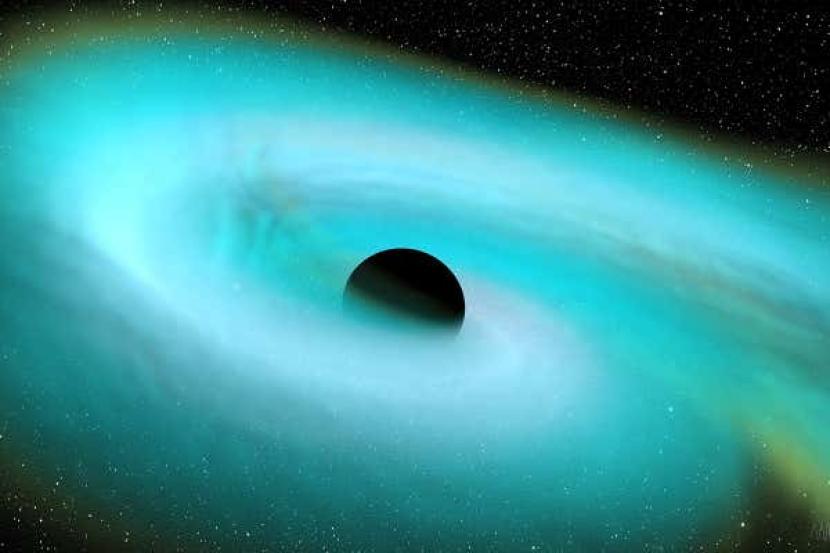One out of every 100 stars in the Milky Way Galaxy is a neutron star.
REPUBLIKA.CO.ID, JAKARTA — One out of every 100 stars in Galaksi Bima Sakti is a type of ‘neutron’. A neutron star is a very dense object, the inside of which is squeezed until it begins to resemble a single large atomic nucleus. However, it is an unusual atom, as it is disproportionately composed of neutrons.
How neutron star formed? Reported from Science Alert, Sunday (7/11), deep within every star, there was a ‘war’ raging. Gravity pulls in as the heat generated by a nuclear reaction pushes outward to create a relatively stable sphere of plasma. Sooner or later, the nuclear oven cools down.
For a star roughly 10 to 30 times the mass of our Sun, the loss of heat causes its cooler outer gas to sink rapidly under the tug of gravity, building up speed until it crashes into a hot iron pile that formed in its final moments. The shock wave generates an enormous wave of energy, blasting heat and radiation into the cosmos in a supernova type of explosion.
All that remains is an iron ball at its core, slightly heavier than the Sun crammed into a space about 11 km wide and covered in a thin atmosphere (about one meter thick) of captured hydrogen and helium. Standing on the surface of this city-sized block of iron, you will experience a gravitational pull of about 100 billion Gs.
What’s inside a neutron star?
The intense pressure causes the iron core to fall into a massive crystal structure defined by the collective thrust of countless positive charges. A cloud of electrons buzzed freely through the cracks of these crystals, the intense pressure bringing them very close to the nucleus.
Thanks to the laws of quantum physics, the crowded state means the electrons have a higher chance of being found right inside the protons, turning pairs into freshly baked neutrons and neutrinos. Neutrons are subatomic particles with a mass similar to protons but no electrical charge, whereas neutrinos are neutral subatomic particles with almost no mass.
Those tiny neutrinos are small enough to escape mass. But the neutrons remained, forming a strange isotope with the mass of iron but far fewer protons.
– .


